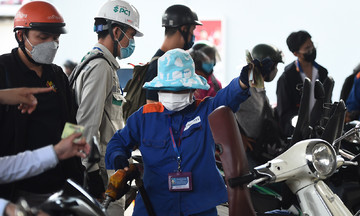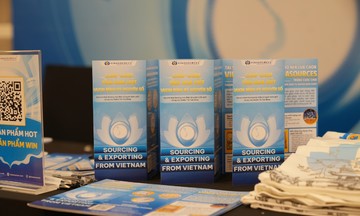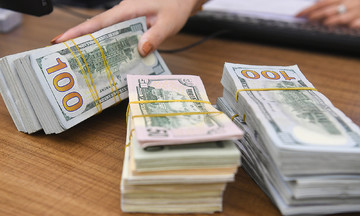Dabaco Group reported a revenue of 3,820 billion VND in Q2, a nearly 20% increase compared to the same period last year. The cost of goods sold increased by approximately 8.7%, less than the revenue increase, resulting in a gross profit of 825 billion VND, a 92% surge.
After deducting expenses, the company's net profit reached 507 billion VND, 3.5 times higher than the same period last year. Dabaco attributed this profit increase to the growth in sectors such as livestock, animal feed, and vegetable oil in the previous quarter. Additionally, input material prices decreased while finished product prices remained stable.
Other companies in the livestock industry also reported positive results in Q2. BaF Vietnam Agricultural Joint Stock Company achieved a revenue of 1,387 billion VND and a net profit of 194 billion VND, representing increases of 1.6% and 368% respectively, compared to the same period last year.
BaF's leadership attributed these positive results to the sustained high pork prices in Q2, ranging from 65,000 to 70,000 VND per kg. This allowed companies in the industry to sell at favorable prices.
Furthermore, BaF's output in the first half of the year reached 330,000 pigs, a 30% increase compared to last year. Input material prices for animal feed production also remained stable.
Masan MeatLife, a member company of Masan Group, reported a net profit of over 243 billion VND in Q2, compared to a loss of 31 billion VND in the same period last year. Masan Group stated that Masan MeatLife's improved business performance was due to a 12.2% year-on-year increase in live pig prices, coupled with increased sales volume.
According to Vietcombank Securities (VCBS), livestock businesses currently hold a 65% market share in the industry, with household businesses accounting for the remaining 35%. However, VCBS predicts that the market share of household farms will shrink to 25% in the next 5 years. This is due to stricter regulations on livestock farming standards, making it difficult for many households to comply. Additionally, companies are reducing the number of farms affiliated with farmers.
VCBS also predicts that pork prices may cool down in the second half of this year, but will still be 18% higher than at the end of 2024. This is due to domestic demand, which is equivalent to approximately 33 million pigs annually, exceeding the current total pig population. Furthermore, the 65% market share held by businesses allows them to better control prices.
Trong Hieu












